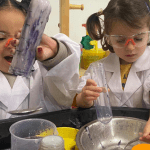



Head of Education
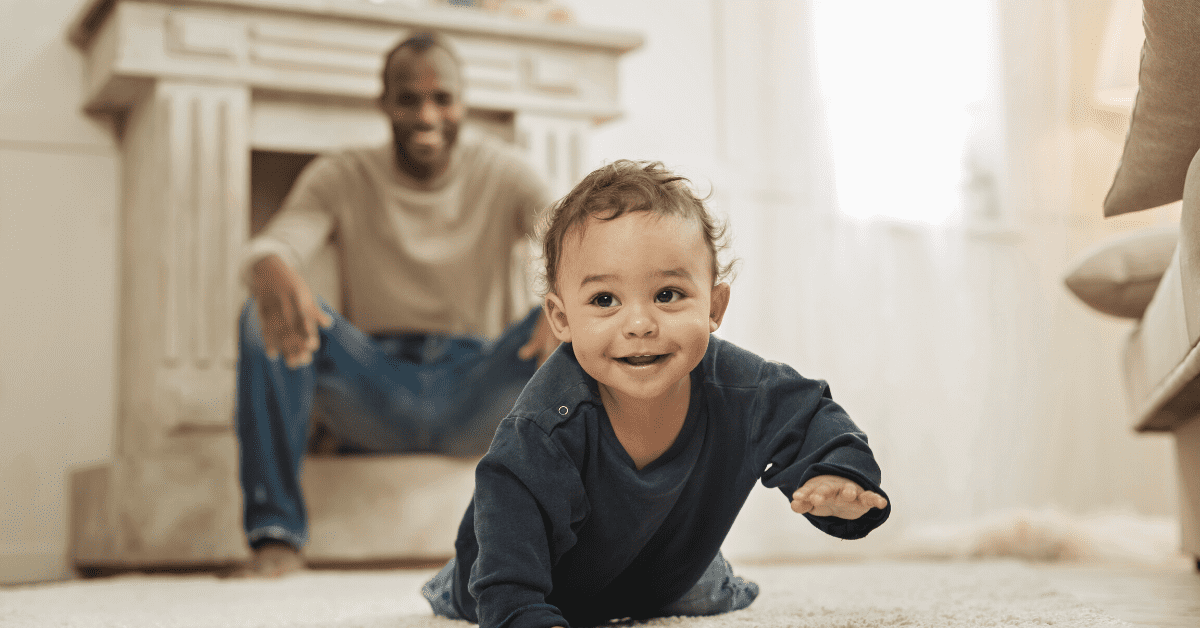

Watching your little one begin exploring the world around them and using their new skills to surpass milestones is one of the most exciting things about child development. Refining these skills from an early age is an important part of this and can lay the groundwork for lots of future activities like standing on one foot, balance, coordination and walking without support.
As your baby grows and begins exploring the world around them, their gross motor skills will help them investigate and make sense of their surroundings. Gross motor skills are one of the first techniques that toddlers will add to their repertoire and will continue building on throughout the rest of their lives.
Gross motor skills refer to anything that includes using large muscles in the body, unlike fine motor skills, which involves movements using the smaller muscles in the hands and wrists. Gross motor skills involve using the core muscles and muscles in the arms and legs such as walking, running, jumping, lifting and kicking. Once your child is mastering these skills, they are also developing their balance, coordination, hand-eye coordination and strengthening the neural pathways in their brain.
“Gross motor skills are abilities that let us do tasks that involve large muscles in our torso, legs, and arms. They involve whole-body movements…Most people use these skills easily and automatically, but gross motor skills are more complex than they might seem. They involve the coordination of the muscles and the neurological system. They impact balance and coordination. They also form the basis for fine motor skills that help us make small movements like using a pencil.”
Says writer Gail Belsky and Occupational Therapy specialist Keri Wilmot.
You can encourage your child’s gross motor skills at all ages through a variety of fun and engaging activities both at home and at nursery. For example, through regular outdoor activities such as playing catch, football, obstacle courses or scavenger hunt.
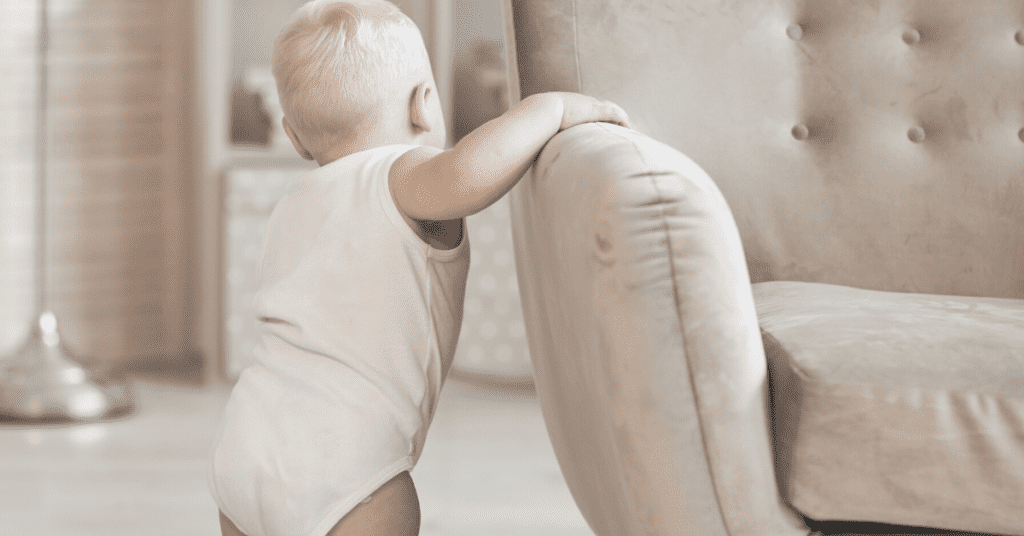

As a parent, it’s easy to be worried about how quickly your child is hitting each developmental milestone but being aware of different examples of gross motor skills can help put your mind at ease and reassure you of their progress.
Children who are around one year old will have already acquired gross motor skills such as crawling, pulling themselves up to stand up, walking and waving. As your child grows, you may have noticed how much these skills can develop in a very short space of time, one minute they may be barely walking and the next it seems as though they’re running everywhere!
As your child grows, they will be able to master more complex gross motor skills such as jumping, balancing on one foot and climbing which will eventually progress into activities like swimming, riding a bike and climbing.
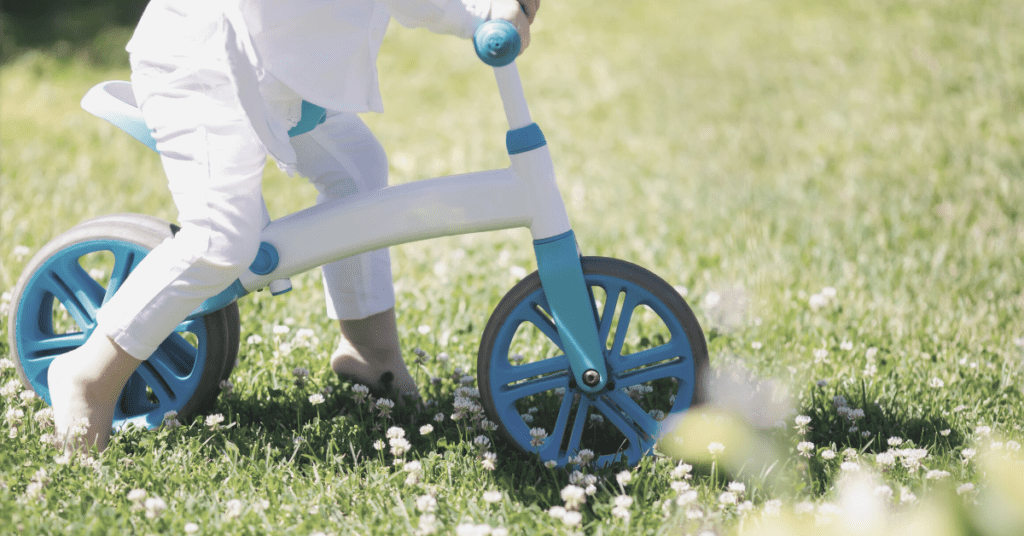

It’s no secret that children love dens and enjoy anything enclosed they can crawl into and feel safe. This is why we created a cosy space in the corner of the room which sits behind a curtain of colour changing optical lights that illuminate an exciting visual and tactile stimulation.
With every touch, children harness new sensory experiences which help to create a strong foundation to build future learning experiences. This later filters into the development of complex learning tasks, concentration, and problem-solving skills.
We use black and white cushions and blankets in this space as, not only are these the first shades that babies recognise but to create a contrast against the colourful lights. The resources placed in this area, like sound pebbles, are also designed to work alongside the visual stimulation of the optic cascade by allowing two senses to work together at once.
Because child development is incredibly unique to each individual child, it can be difficult to gauge what’s an age-appropriate motor skill. Here’s some key aspects to look out for and some motor activities you can try at every age to help build their existing skills. But don’t remember, if your child isn’t quite there yet, don’t worry. This is just a rough guide of things you can start looking out for.


At this age, your baby's movements become more voluntary and controlled as their hand-eye coordination starts to develop. Why not try tummy time? Simply place your baby on their stomach or a soft rug or blanket and encourage them to lift their head and chest. The more often they do this, the stronger these muscles will become.
At this age, babies start to typically roll from their back to the side and even begin rolling all the way over from their back to their stomach. To encourage their gross motor skills at this age, gently hold your baby’s hands when they’re lying on their back and carefully pull them into a sitting position and notice whether they can raise their head.


At first, your baby will be able to sit with a little help from you, then they'll be able to sit leaning on their hands and finally as their core muscles get stronger, they will be able to sit independently. At this age, your baby will also begin sliding on their tummy to explore until they eventually start crawling on their hands and knees. You can help encourage their motor skills at this age by setting up a soft obstacle course using rugs, blankets and objects for them to crawl over and under.
As your child becomes more mobile and starts pulling themselves up to stand, they are slowly working on building their leg muscles. This combined with coordination and balance is the foundation for your child taking their first steps whilst holding onto something before they can stand without support. This is one of the examples of gross motor skills come into play.
Once your baby can pull themselves up to a standing position, why not try putting sticky notes on the wall in front of them, just out of their sitting reach. They’ll enjoy pulling themselves up to grab the notes and pull them off the wall. This will also help build their fine motor skills as well- bonus!
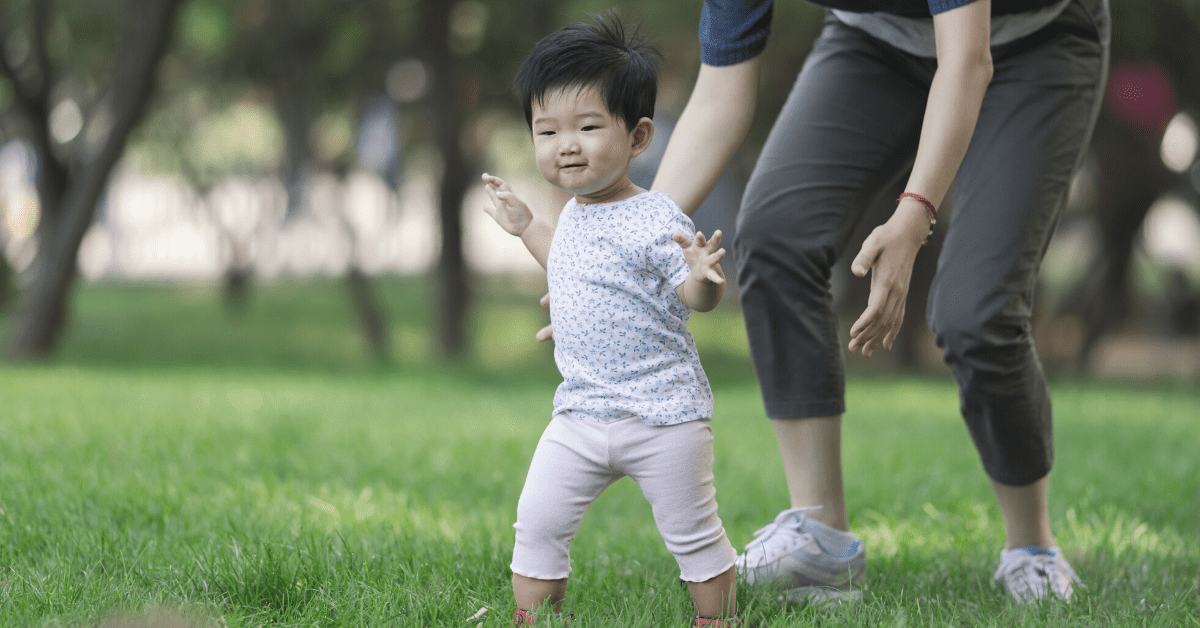

By 2 years old, your toddler can probably walk well and will have already begun starting to run! At this stage, it's still quite easy for them to fall over so you can encourage them by holding their hand as they challenge themselves walking up and down steps. Another way to encourage this gross motor skill is by helping them jump with both feet.
By the age of 3 years old, your child’s leg muscles will have become stronger as their balance improves. Their motor skills will be advanced enough for them to get the hang of peddling a tricycle or riding a bike, which incorporates hand-eye coordination, arm-leg coordination and balance.
During this stage, you can enhance your child’s gross motor skills by asking them to ask them to stand on one foot for a few seconds at a time without support.
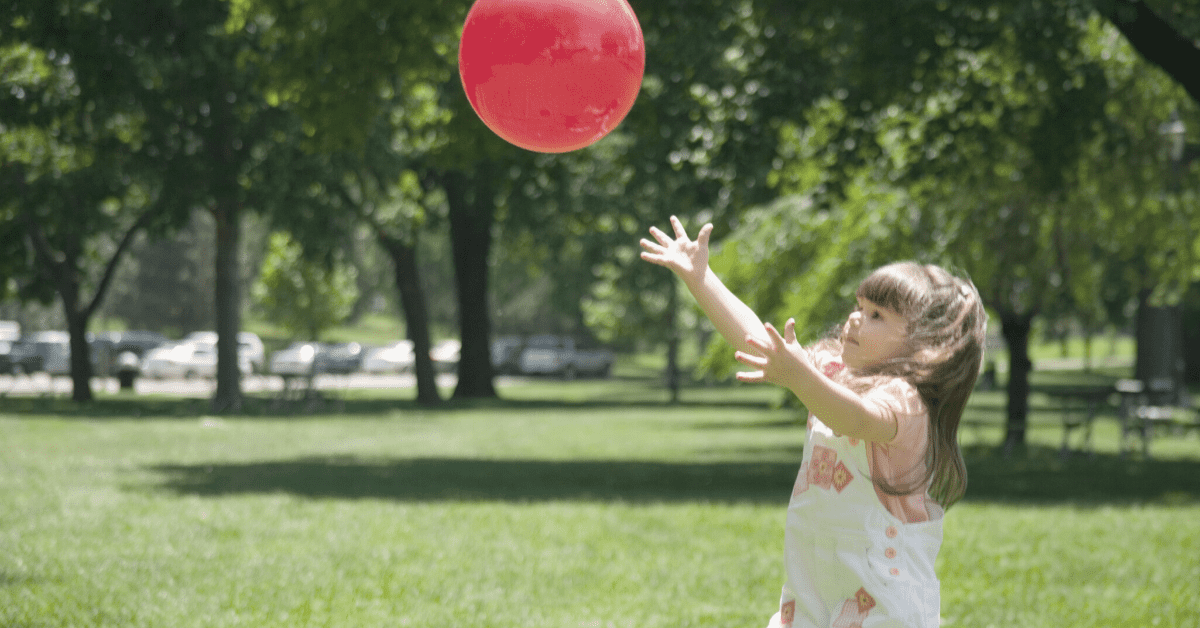

Balancing on one foot is now much easier for a child around the age of 4 years old and they will begin to progress onto more complex gross motor skills like hopping on one foot. This is a great time to start incorporating ball games into your child's outdoor play, this can be as simple as throwing and catching a ball.
By the age of 5, your child will have well-developed gross motor skills and will begin moving onto more complex tasks such as skating and swimming. A simple way you can refine these gross motor skills at home is through simple skipping rope games.
Every child is completely unique and recognising that each one progresses at a different rate is an important aspect of child development. However, if you’re concerned about how they are developing, here’s a few key things that you can look out for:
If your child is struggling to meet many of these milestones, it may be a good idea to seek medical advice for an evaluation. Very often, occupational therapy can help close any of the gaps you’re noticing, and it can be best for this to happen at an early stage.


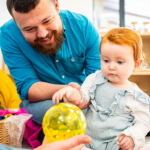

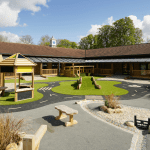

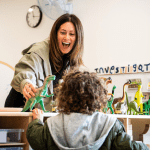





View All
This website uses cookies so that we can provide you with the best user experience possible. Cookie information is stored in your browser and performs functions such as recognising you when you return to our website and helping our team to understand which sections of the website you find most interesting and useful.
You can read out full privacy policy here
Strictly Necessary Cookie should be enabled at all times so that we can save your preferences for cookie settings.
If you disable this cookie, we will not be able to save your preferences. This means that every time you visit this website you will need to enable or disable cookies again.